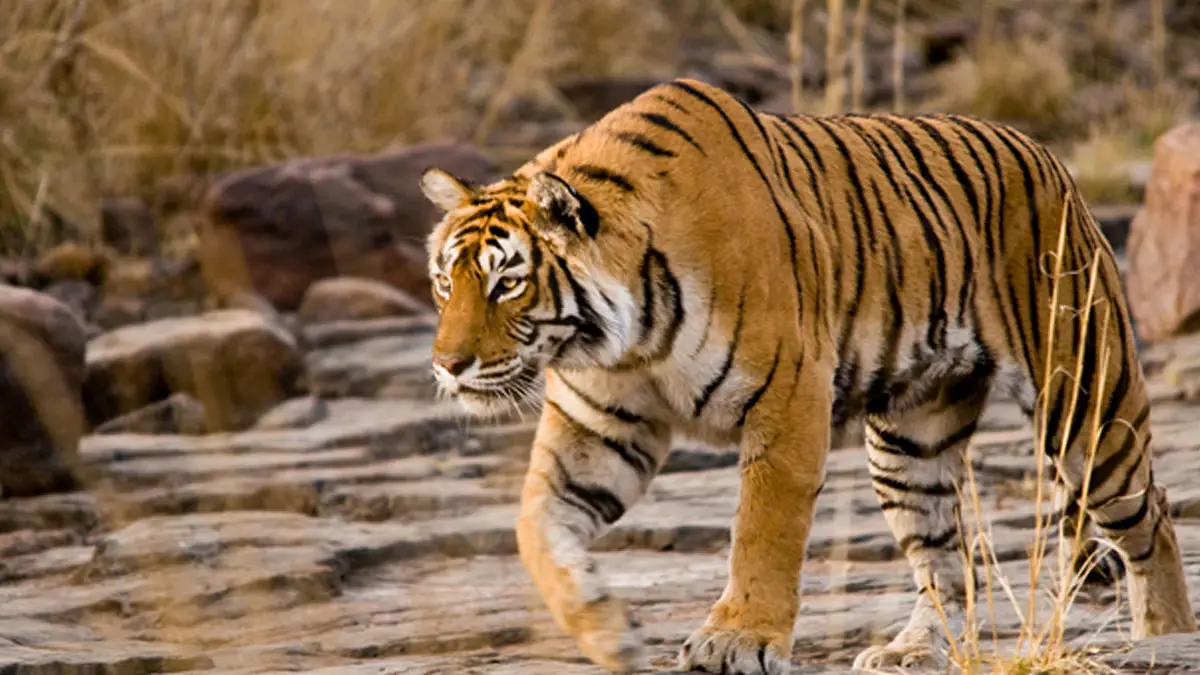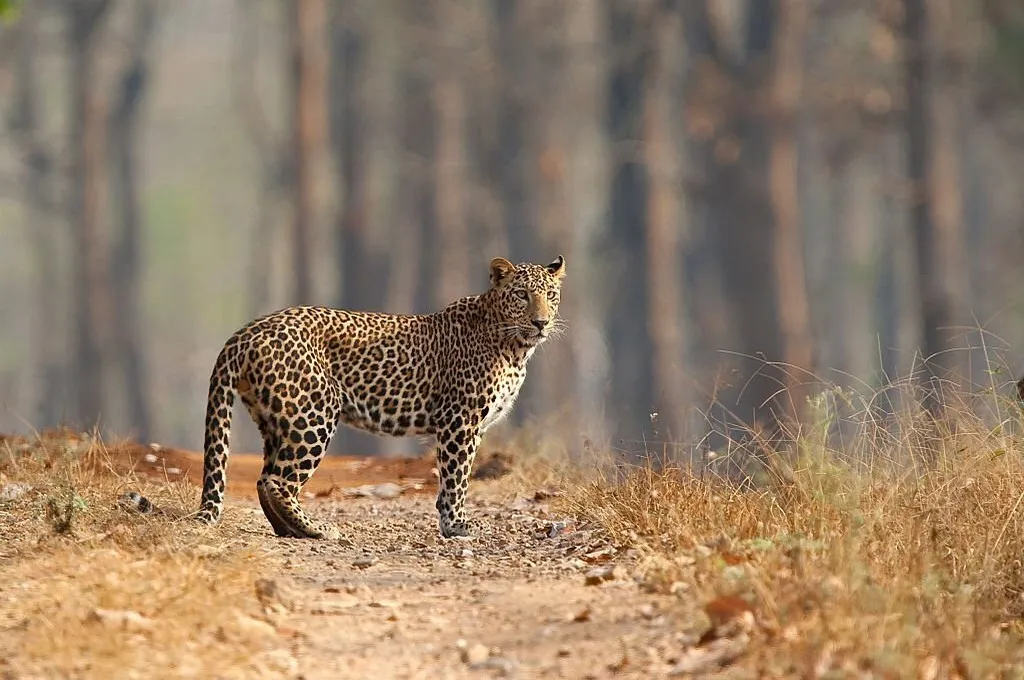Explore Panna in Comfort: Curated Luxury Jungle Escapes
Overview: Explore the wild beauty of Panna National Park while staying in some of Central India’s most enchanting
Tracking tigers in the wild is an exhilarating experience, often taking place in India’s rich and dense forests. The allure of witnessing the majestic Bengal tiger in its natural habitat is one of the primary draws for those seeking an adventurous safari. While safari guides and naturalists accompany us through these breathtaking landscapes, there is something uniquely thrilling about engaging in the search for these elusive big cats. In this blog, we explore how tiger trackers use pug marks, alarm calls, and other natural cues to track tigers in the jungle.

One of the most fascinating methods of tracking tigers is by interpreting their footprints, commonly known as pug marks. These are typically found on soft surfaces like the pugdundee or fire lines created by the movement of jeeps in the forest. Bengal tigers prefer walking on these areas because the soil is soft, leaving behind clear prints. Each pug mark can offer valuable insights into a tiger’s size, behavior, and movement.
The size and shape of pug marks can provide clues about the tiger’s identity. Typically, male tigers have larger prints than females due to their size difference. By analyzing the size and clarity of the pug marks, trackers can estimate the age and weight of the tiger, along with its sex. Moreover, tiger pug marks help in determining their walking speed, as tigers use a distinctive “direct register” gait, where the hind paws step directly into the tracks made by the forepaws. By observing the stride and depth of the marks, trackers can also infer the tiger’s pace and the terrain it’s navigating.

The dense jungles where Bengal tigers roam also serve as the natural habitat for various other wildlife species. These animals often act as sentinels, alerting each other to the presence of a predator. Tigers are known for their stealth and elusive nature, and it is through the keen ears of other animals that we can detect their presence.
For instance, spotted deer and sambar deer are among the first to spot a tiger due to their exceptional hearing and sense of smell. These deer species emit loud, distinctive alarm calls when they detect a predator nearby. Tiger trackers listen carefully to these calls, as their volume, pitch, and frequency can reveal the proximity of the tiger. Similarly, monkeys, especially langurs, are highly alert to the presence of predators. Their shrill alarm calls help others in the jungle stay aware of the tiger’s movements. By understanding these warning signals, trackers can get closer to locating the tiger in the wild.
Tigers are vocal creatures, and their roars, growls, and chuffing sounds play a critical role in communication, both with other tigers and within their territory. Tiger roars, for instance, are territorial calls that can travel great distances, marking their domain and deterring rivals. A powerful roar serves to announce their presence and assert dominance over a specific area.
Growls are often a sign of aggression or a defensive posture, typically emitted when a tiger feels threatened. On the other hand, a chuff is a softer, non-threatening vocalization used by tigers to communicate with family members. By listening for these vocalizations, trackers can gain insights into the tiger’s behavior—whether it is defending its territory, warning intruders, or calling for companionship.

Tree scratches are another key indicator of a tiger’s presence in the jungle. These marks, left by tigers clawing at the trunks of trees, serve as territorial markers. By examining these scratches, trackers can determine the tiger’s gender, as males tend to leave deeper and more extensive scratches compared to females, whose scratches are generally shorter and more shallow.
These tree markings play a crucial role in the tiger’s territorial behavior, warning other tigers to stay away from the area. Understanding the patterns and locations of these scratches helps trackers gain a better sense of the tiger’s territory, movement, and presence in the forest.
Tracking tigers is an immersive experience that goes beyond simply spotting these majestic creatures. It involves an active participation in the jungle’s natural rhythm—decoding pug marks, listening to alarm calls, and understanding the significance of vocalizations and tree scratches. This process not only enhances the safari experience but also deepens our connection with nature and the wildlife that inhabits these stunning landscapes.
By learning the art of tiger tracking, visitors to India’s national parks gain a greater understanding of these elusive creatures and contribute to the ongoing conservation efforts to protect them. Whether through pug marks, alarm calls, or territorial signs, the jungle provides ample clues for those who are attentive enough to notice. It’s a journey that brings us closer to understanding the behavior, habitat, and plight of the Bengal tiger.
Explore more about the thrilling world of tiger safaris in India and experience these tracking techniques firsthand by booking your next wildlife adventure!
Have questions or ready to plan your adventure? Contact us today and our team will help you craft the perfect wildlife experience.